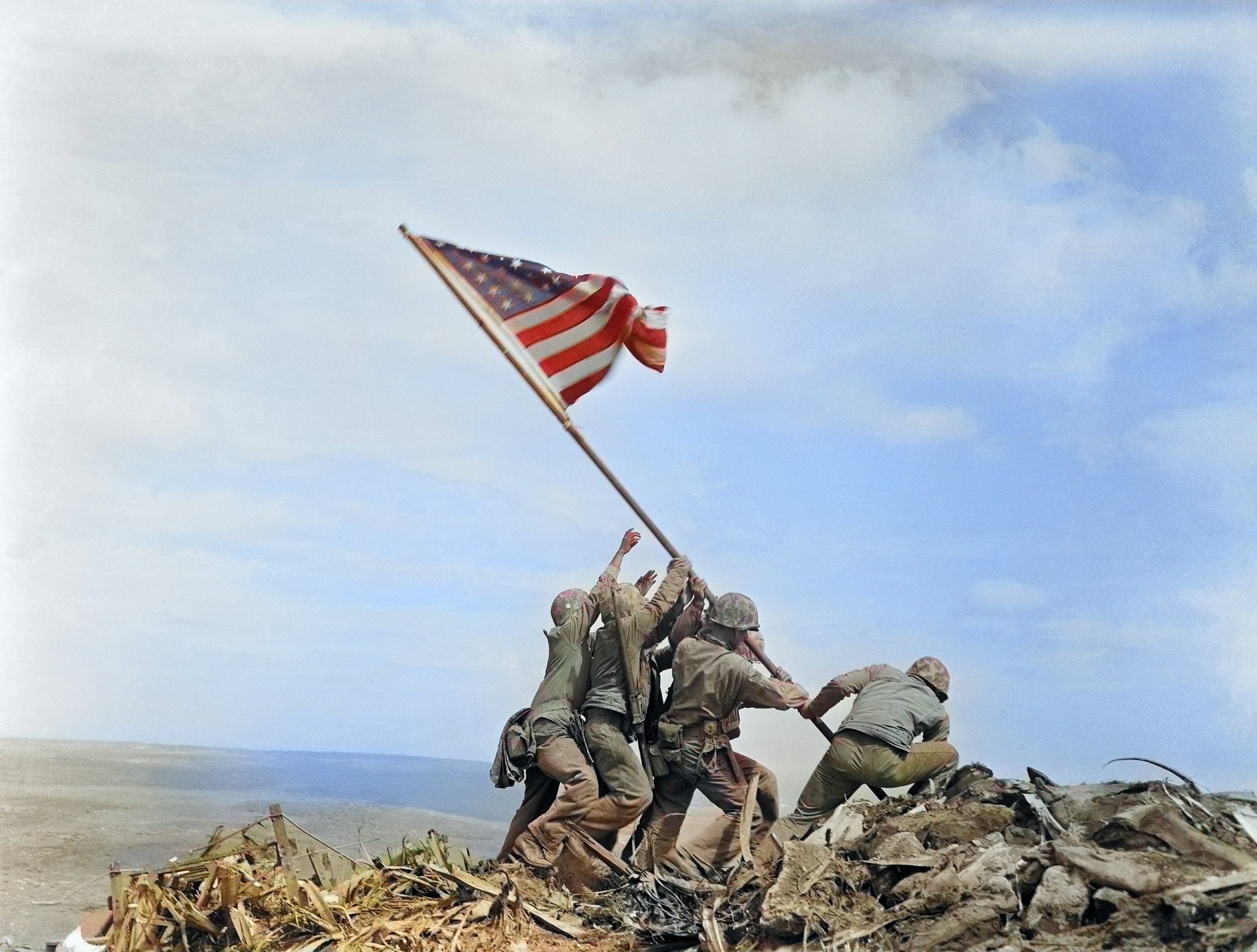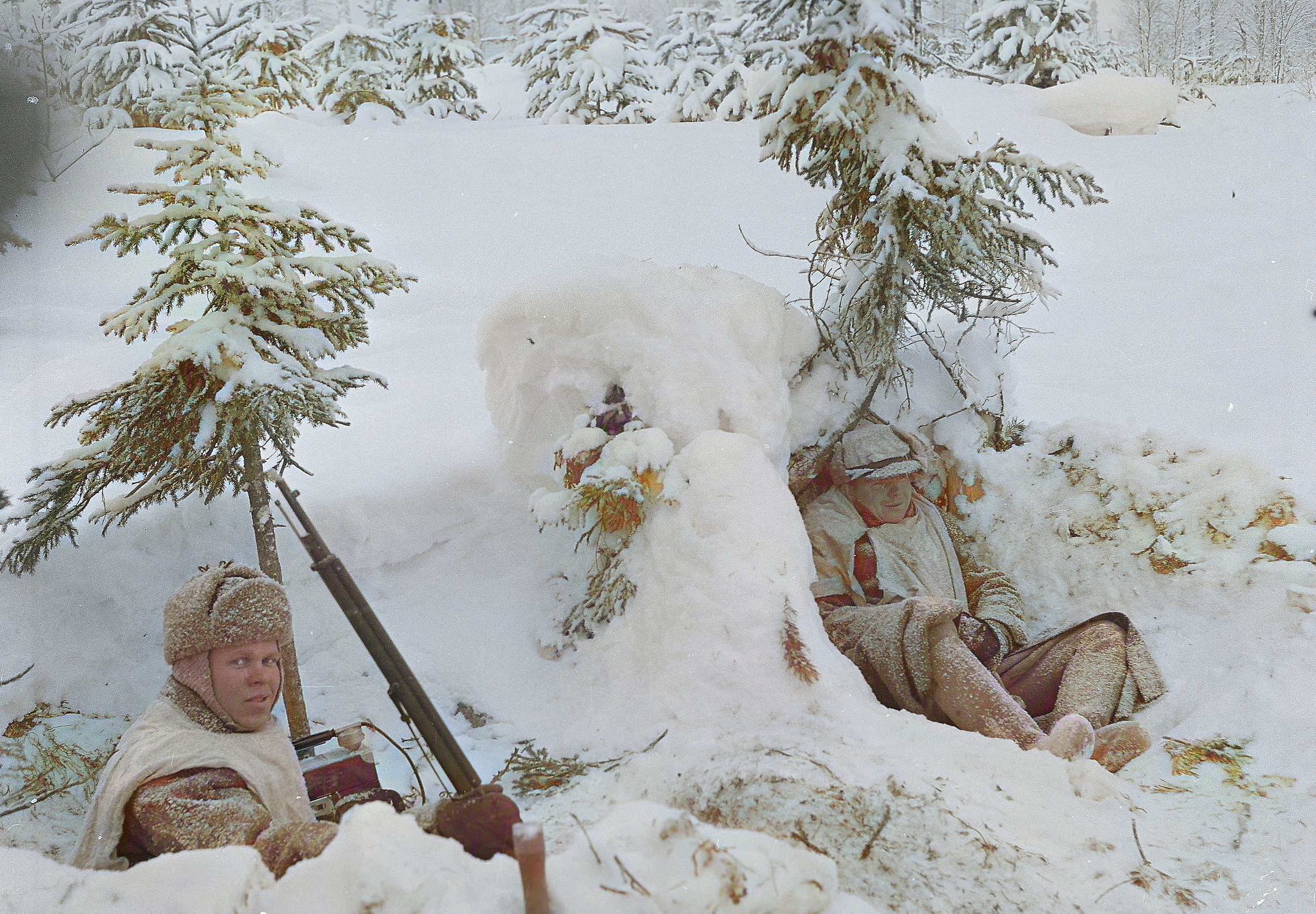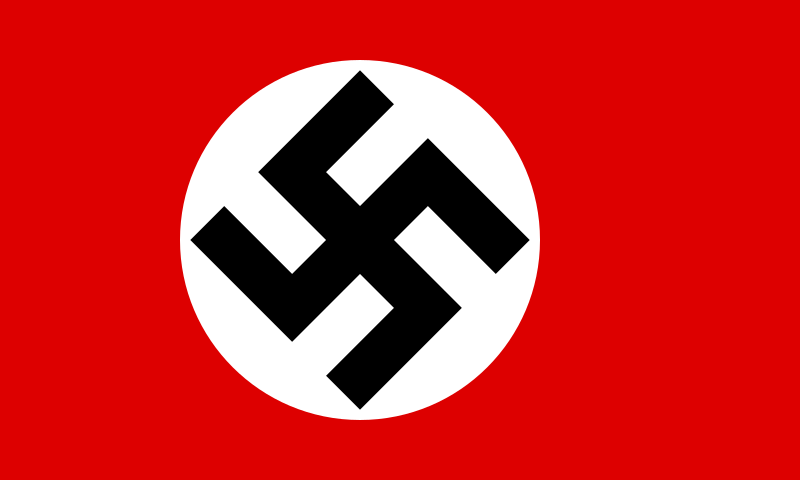
World War Briefing
Based on a series of short talks by the author for a local group for descendants of US veterans, intended to provide a basic overview of the conflict.
Summer, 1941
Part Three: The War
The German invasion of the Soviet Union continues as Kiev falls and Leningrad is besieged. Changes in commands effect both sides in North Africa, and the Americans and Japanese edge closer to war as the situation in the Pacific and East Asia deteriorates.
Operation Barbarossa
Part Three: The War
The war witnesses its most dramatic escalation to date as the Axis launch the largest invasion in history, with over three million men and thousands of tanks and aircraft invading the Soviet Union along a front stretching almost 2,000 miles. In addition, this was to be a war of annihilation, with the Germans in particular focused on the extermination of both communism and the peoples of the USSR.
Spring, 1941
Part Three: The War
The Germans intervene in the Balkans, leading to the fall of Yugoslavia and Greece, ending with a dramatic airborne assault on Crete, as Rommel defies British attempts to retake the initiative in North Africa. The Italians are pushed into fortified cities for their final stand in East Africa, while, a top Nazi official attempts a solo peace mission, and Iraq enters the war on Britain. Finally, at sea the Germans bring their most powerful warship into play in the Atlantic.
Winter, 1941
Part Three: The War
The Italian failures on all fronts reach a point in which the Germans must respond. This sees escalation in North Africa and the Balkans. Meanwhile, war breaks out in Southeast Asia as Siam tries to take advantage of France’s weakness, all while the German blitz on England continues.
Fall, 1940
Part Three: The War
The Battle of Britain is dying down, but the Luftwaffe continues its terror attacks on British cities, while the Italians move against Greece. The Axis Alliance continues to grow as Romania, Hungary and Slovakia officially sign on, and the naval battle for the Mediterranean escalates as the Royal Navy and the Regia Marina clash, as the British also counterattack in Egypt.
Summer, 1940
Part Three: The War
With the Fall of France Britain stands alone against the Axis Powers that now dominate Europe. Even as the Royal Navy moves to neutralize the threat posed by the formerly allied French fleet, the Italians invade British African possessions, and the Luftwaffe begins one of the largest aerial campaigns in history, aimed at the annihilation of the Royal Air Force and thus clearing the way for an invasion of Britain herself.
The Battle of France
Part Three: The War
The massive German offensive in the West commences with a simultaneous invasion of Belgium, The Netherlands and Luxembourg. As the Germans penetrate into France, the Allied forces quickly are overwhelmed, and France falls in June in one of the most stunning events of the war.
Spring, 1940
Part Three: The War
The “Phoney War” comes to an end as the Germans invade Denmark and Norway, opening a new front in the war and prompting British and French intervention. As April goes on the Allies are slowly pushed back to the north, until developments back in Europe proper cast the eyes of the world elsewhere.
Winter, 1940
Part Three: The War
The Soviet war in Finland continues as the war in the West remains in a state of limbo as both sides plan their next moves. The German plans to invade France fall into Belgian hands, while the Allies contemplate invading Norway or sending expeditionary forces to help the Finns before they collapse in March. Following this the French Prime Minister is replaced, and an incident in Norway earlier in the year looks to have major repercussions.
Fall, 1939
Part Three: The War
The Second World War begins as the Germans and Soviets invade Poland, prompting Britain and France to declare war. Poland falls in early October, but the war has only just begun, with victories for both sides at sea and a Soviet invasion of Finland rounding out the year.
The Soviet Union
Part Two - National Overviews
The soldier of the Worker’s and Peasant’s Red Army was equipped with a uniform similar to that of his Imperial Russian counterpart in the last war, but with updates like a steel helmet and an improved arsenal of weapons, including a prolific use of submachine guns.
The Japanese Empire
Part Two - National Overviews
The Imperial Japanese Army soldier of the Second World War was equipped with a variety of weapons and gear intended for fighting in the harsh tropical environments of Southeast Asia and the Pacific, and was notable also for his fanatical devotion to his Emperor.
The United States of America
Part Two - National Overviews
The Doughboy of the Great War had given way to the GI, wearing a modern olive drab uniform with updated canvas web gear, along with a redesigned “steel pot” helmet replacing the tin hat of the last war. US gear was relatively simple, mass produced, and extremely adaptable.
The Kingdom of Italy
Part Two - National Overviews
The Italian soldier had been reequipped with modern grey uniform, a new steel helmet and updated leather web gear. The symbols of Fascism now adorned their uniforms, and the Royal Army was to share the field with the Fascist party’s Blackshirt militias. One major problem remained, however: Italian industry was severely behind the other major powers, and would struggle in a modern conflict to keep up with the demands of total war.
The French Republic
Part Two - National Overviews
The French Poilu of 1939 was very similar to his counterpart of 1918, although the blue uniform had finally been changed to a more practical khaki brown. The same uniform with its distinctive overcoat was in service, as was the Adrian helmet, and the leather web gear. In many ways the French were the least removed from their Great War counterparts.
The German Reich
Part Two - National Overviews
As an unforeseen side effect of the Treaty of Versailles, the Germans had relatively little left over from the Great War, and thus had almost entirely new equipment. The same basic field grey uniform had seen some upgrades, as had the steel helmet with its distinctive neck guard, although the leather web gear was almost identical. During the war the Germans would adapt their equipment to suit their environments, such as canvas web gear and even camouflage uniforms.
The British Empire
Part Two - National Overviews
The British soldier of the Second World War was equipped with fairly modern equipment, including a khaki uniform well suited to blend into most environments, a steel helmet with a wide brim that helps to protect the wearer from the sun as well as from shrapnel, and a set of canvas web gear that is both cheap, durable, and modular.
The Soviet Union
Part One - The Interwar Period: 1919-1939
From the ashes of the Russian Empire rose the Soviet Union: the world’s first socialist power. Considered a pariah by most of the world, the new nation set about industrializing, as well as spreading socialism around the world, by whatever means.
The Japanese Empire
Part One - The Interwar Period: 1919-1939
Like Italy, the Japanese had fought alongside the Entente, and felt that they had been cheated from promised territory at Versailles. This combined with rising militarism and expansionism to see Japan becoming arguably the most aggressive of the major powers, being embroiled in a large scale war in China in 1936.
The United States of America
Part One - The Interwar Period: 1919-1939
The United States entered the 1920s with a rocky start, but soon began a period of unprecedented prosperity. This was all to end in 1929 with the crash of the Wall Street stock market and the country spent the following decade trying to correct the economic damage, and taking an isolationist stance toward the increasingly tense international situation.



















